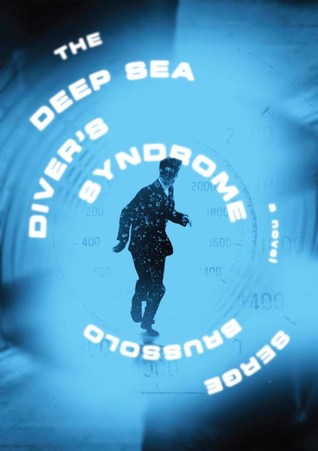 By SERGE BRUSSOLO (Melville House; 1992/2016)
By SERGE BRUSSOLO (Melville House; 1992/2016)
The traveling-into-dreams trope has long been a prominent, and problematic, staple of horror and science fiction. This French novel, originally published in 1992, is a stellar example of the format—and, I feel, an overall standout in the field of imaginative fiction. Kudos to Melville House, and translator Edward Gauvin, for putting out this better-late-than-never English language version.
The title refers to the metaphoric state that befalls one David Sarella, a professional medium who collects dreams. He does this by entering into a trance state, during which he “dives” into the dream realm (diving metaphors are employed throughout, and work quite well in conveying the particulars of David’s dream-immersions), wherein he imagines himself a jewel thief stealing valuable contraband he takes with him into the waking world—where his findings are converted into oddly shaped ectoplasmic objects that in this novel’s future world have therapeutic properties, and are treated as valuable artwork.
Author Serge Brussolo, often referred to as the “French Stephen King,” presents this very exposition-heavy account in a consistently readable, user-friendly manner—and contains it all in a quick, padding-free 220 pages. The novel, in fact, can be used as a model of how to structure a complex story in the way it gradually doles out information in an economic chapter-by-chapter manner while never losing sight of the overall narrative.
In this manner Brussolo makes us privy to his protagonist’s early years, marked by compulsive shoplifting and recognition of his unique talents, which are shared by his mother. We also learn of the problems, both physical and psychological, that Peter currently encounters due to his prolonged immersion in the dream world, as well as his strained relationship with Marianne, the museum-recruited nurse who tends to David’s body during his trances, and Nadia, an especially alluring product of David’s subconscious whose hold extends far beyond the dream realm.
These various strands are neatly intertwined in a haunting yet satisfying conclusion, in which we’re introduced to yet another facet of the novel’s bizarre reality, which comes to encompass not only dreams and reality but also life, death and beyond.
